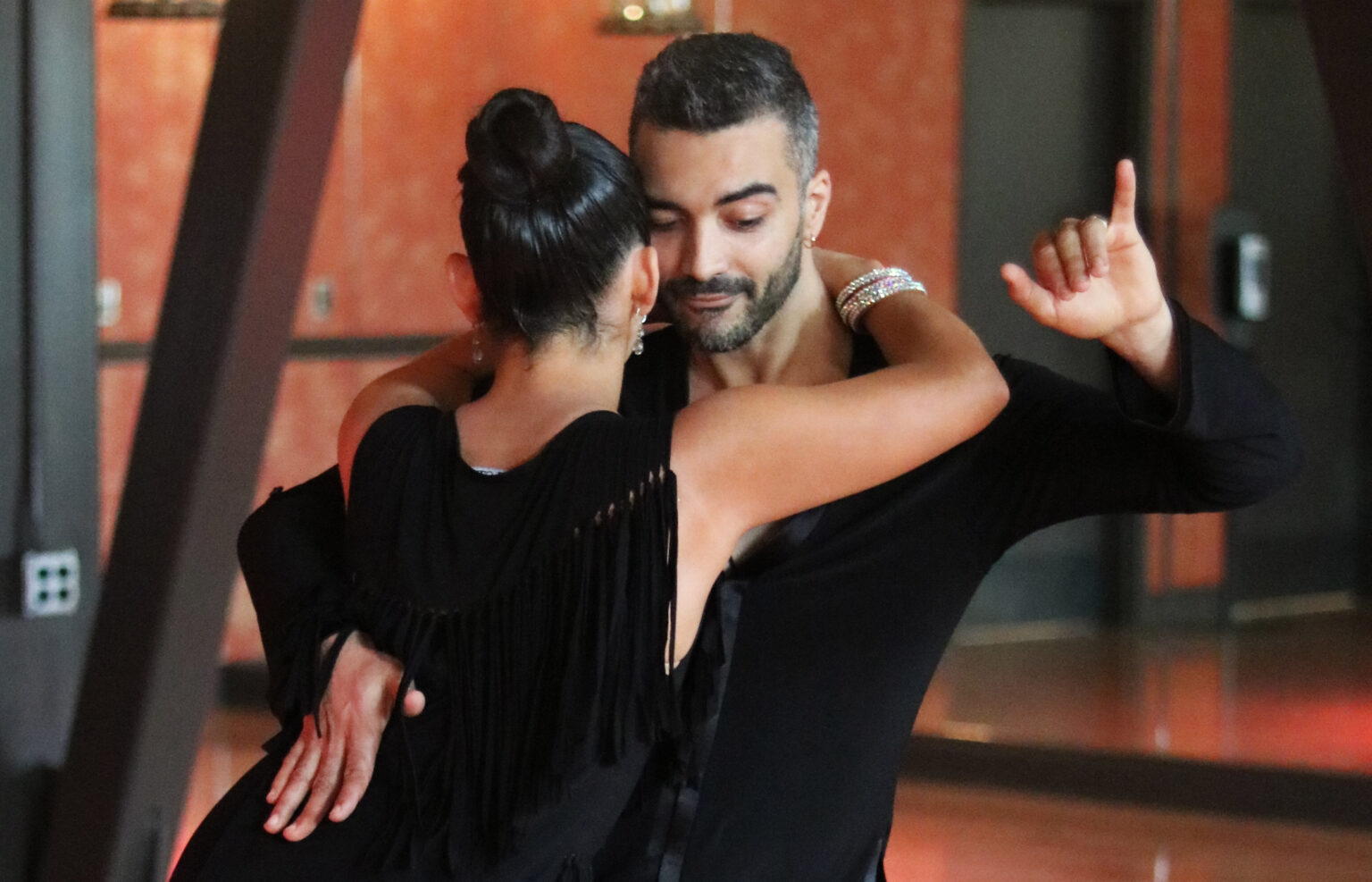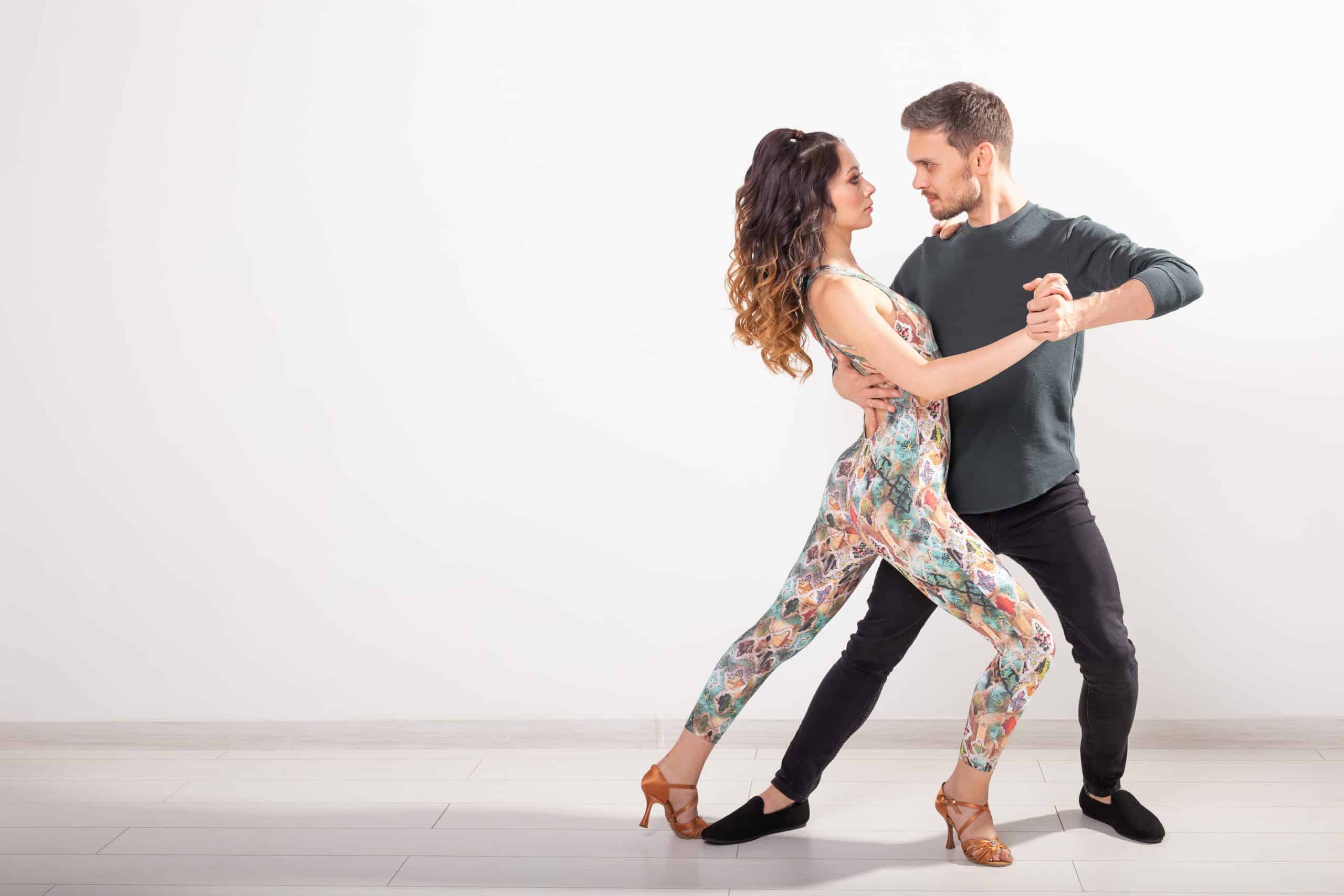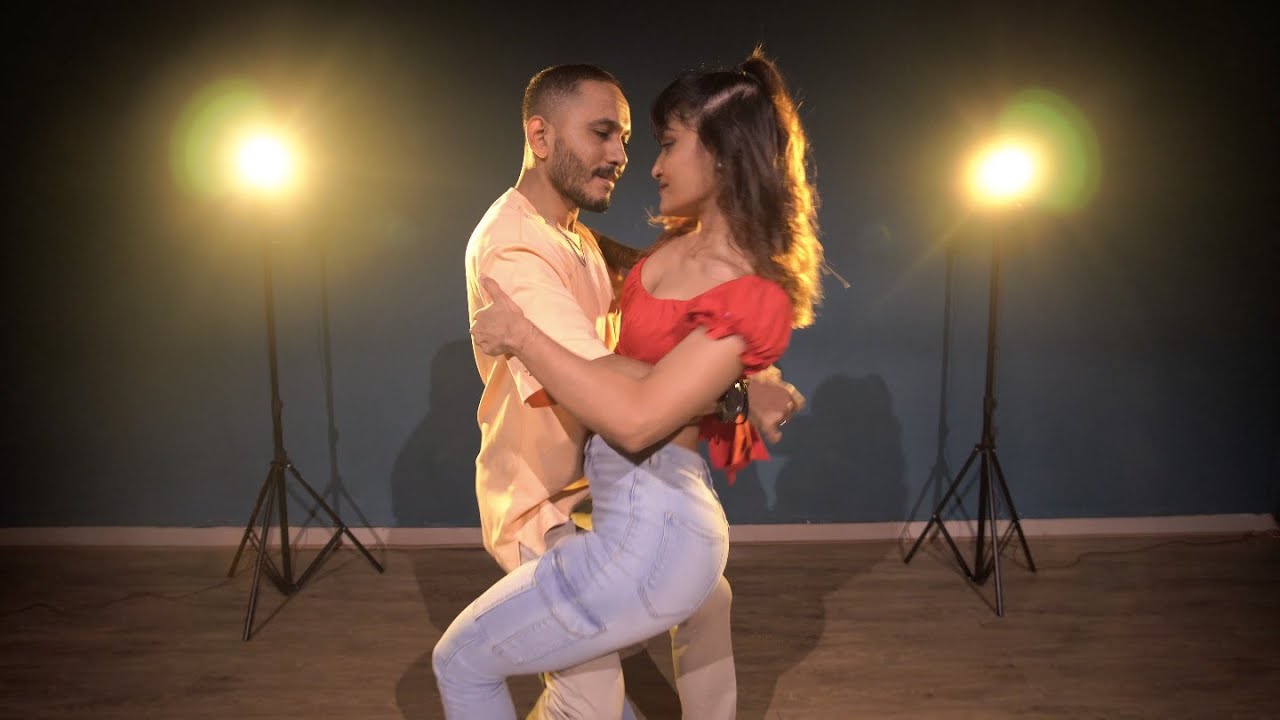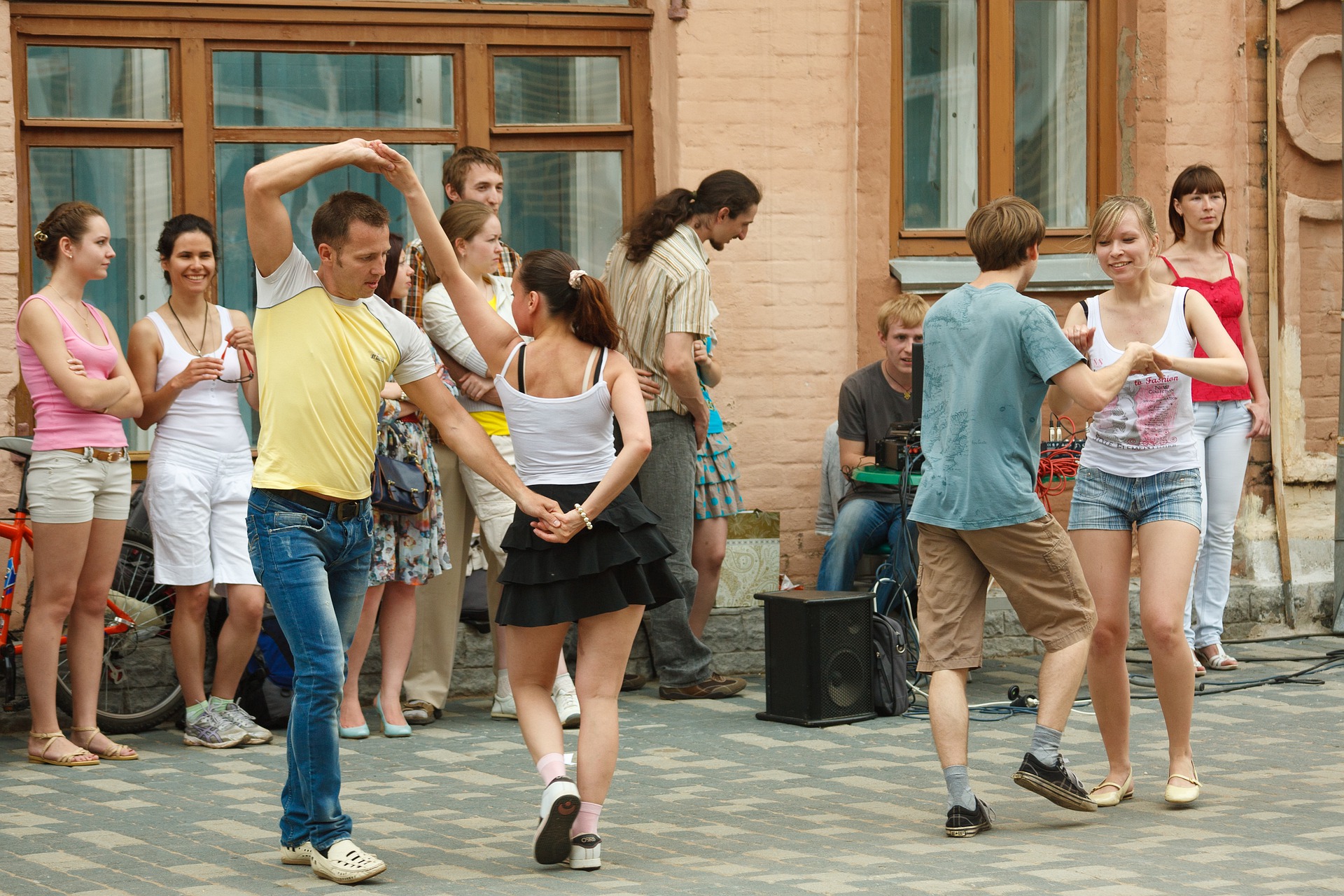
What is the difference between Bachata sensual and traditional dance?
Bachata is a popular dance style that originated in the Dominican Republic and has since spread across the world. The dance is characterized by its romantic and sensual movements, making it a popular choice for couples and lovers. It has also spawned the careers of dozens of successful artists and groups, like Juan Luis Guerra, Aventura, and Prince Royce.
In recent years, two distinct styles of bachata dance have emerged – sensual bachata and traditional bachata. In this article, we’ll explore the differences between these two styles and what makes them unique. In identifying their unique attributes, we will hopefully come to appreciate them both on a greater level.

Bachata history
Bachata originated in the Dominican Republic during the 20th century. The earliest known recording of what would be considered a bachata song was done by José Manuel Calderón in 1962. The song was titled “Borracho de amor.”
From the start it was clear that the style blended several different musical genres, including bolero and son, and by the 1980s, the style had exploded into a cultural and commercial force. Juan Luis Guerra released the Grammy-winning album Bachata Rosa in 1990, which helped to popular bachata around the world. Guerra’s influence would be seen in the development of bachata urbana in the late 1990s and early 2000s, especially with groups like Aventura.
Aventura, fronted by singer Romeo Santos, is perhaps the most famous example of a group who specialize in bachata. They’ve collaborated with globally famous artists like Don Omar and Bad Bunny, while Santos has worked with Usher and Drake in his solo career.

Dance floor differences
Sensual bachata is a modern style of bachata dance that focuses on sensuality and intimacy. The dance is characterized by its slow and smooth movements, with dancers often incorporating body rolls, dips, and close embraces. Sensual bachata is often danced to slower, more romantic songs, with dancers using their bodies to express the emotions and feelings of the music.
In contrast, traditional bachata is a more traditional style of bachata dance that emphasizes footwork and rhythm. The dance is characterized by its fast and complex footwork, with dancers often incorporating turns, spins, and syncopated steps. Traditional bachata is often danced to faster, more upbeat songs, with dancers using their feet to keep time with the music.
One of the key differences between sensual and traditional bachata is the style of music that each dance is typically performed to. Sensual bachata is often danced to slower, more romantic songs, while traditional bachata is often danced to faster, more upbeat songs.

Style & costuming
The difference in musical styles reflects the difference in the dance styles themselves, with sensual bachata emphasizing slow, sensual movements, while traditional bachata emphasizes fast and rhythmic footwork.
Another difference between sensual and traditional bachata is the way that dancers hold each other. Sensual bachata often involves close embraces and intimate body contact, with dancers using their bodies to express the emotions and feelings of the music. In contrast, traditional bachata often involves a more upright and formal posture, with dancers holding each other at arm’s length.
The costumes worn by dancers in sensual and traditional bachata also differ. Sensual bachata dancers often wear form-fitting outfits that emphasize their curves and movements, while traditional bachata dancers often wear more traditional outfits, such as flowy skirts and dresses.

Conclusion
While both sensual and traditional bachata share the same roots and origins, they have evolved into distinct dance styles with different techniques, music styles, and attitudes.
Sensual bachata emphasizes sensuality and intimacy, with slow and smooth movements and close embraces, while traditional bachata emphasizes footwork and rhythm, with fast and complex steps and upright posture.
Both styles of bachata dance are beloved by dancers around the world and continue to evolve and adapt to new trends and influences.







